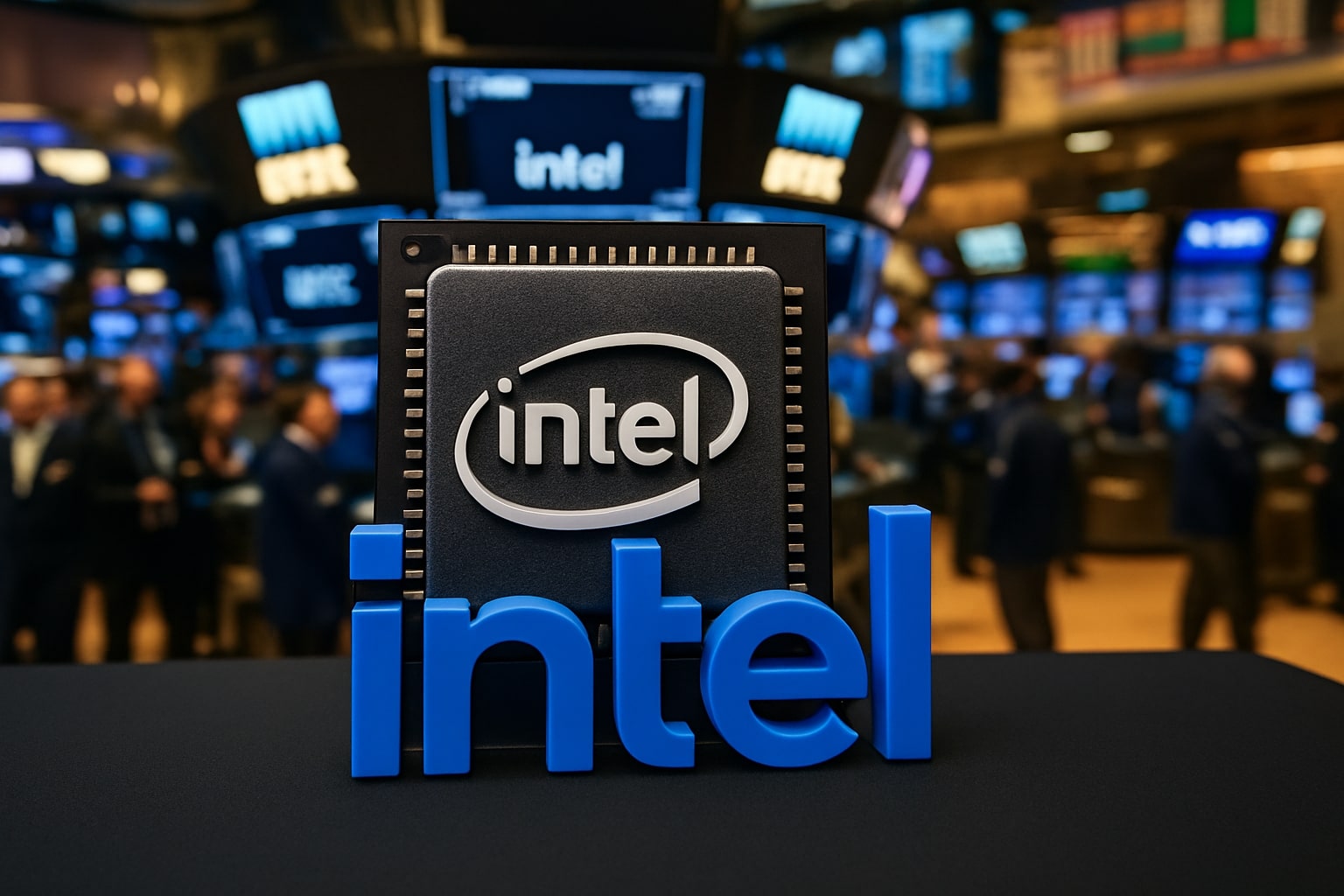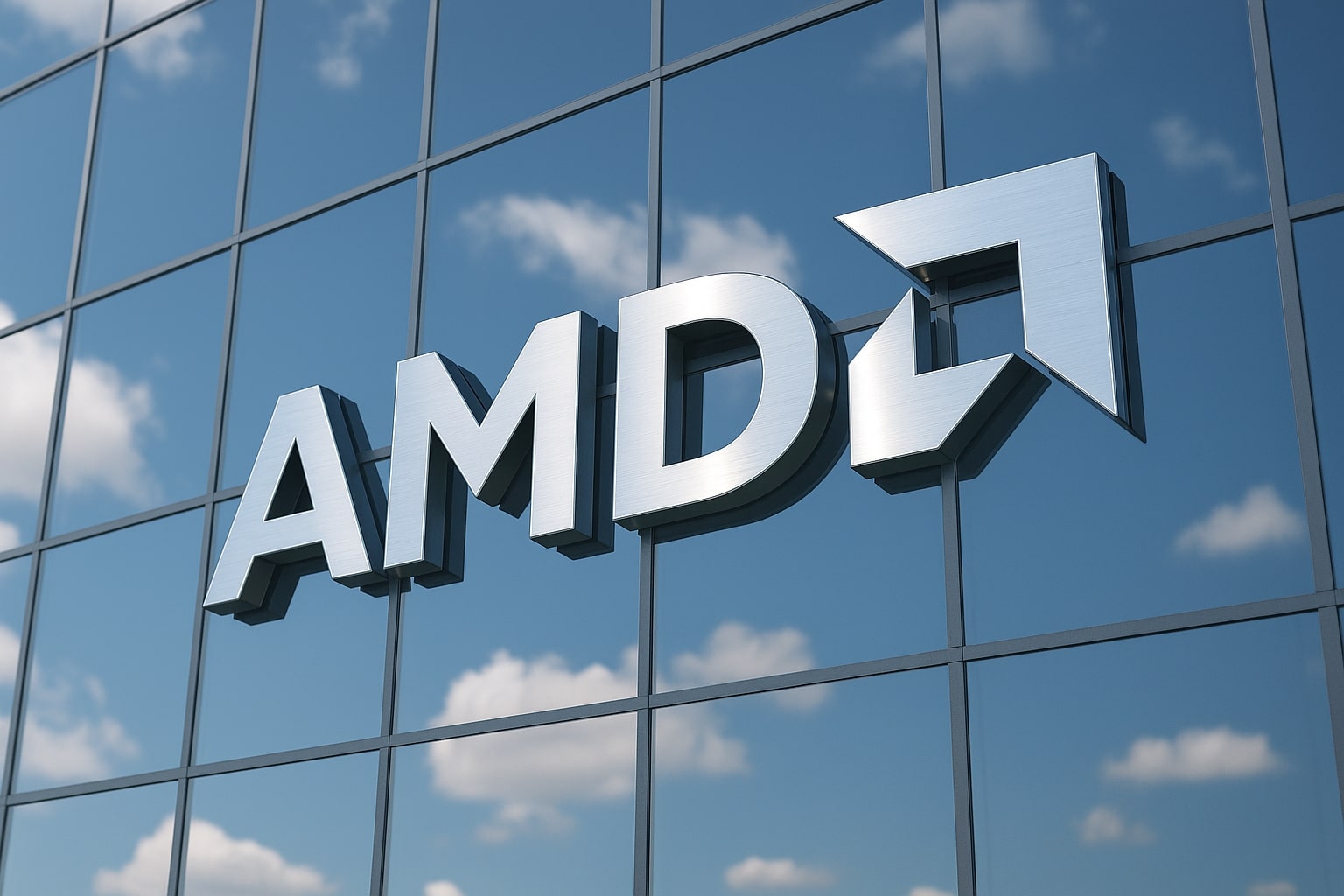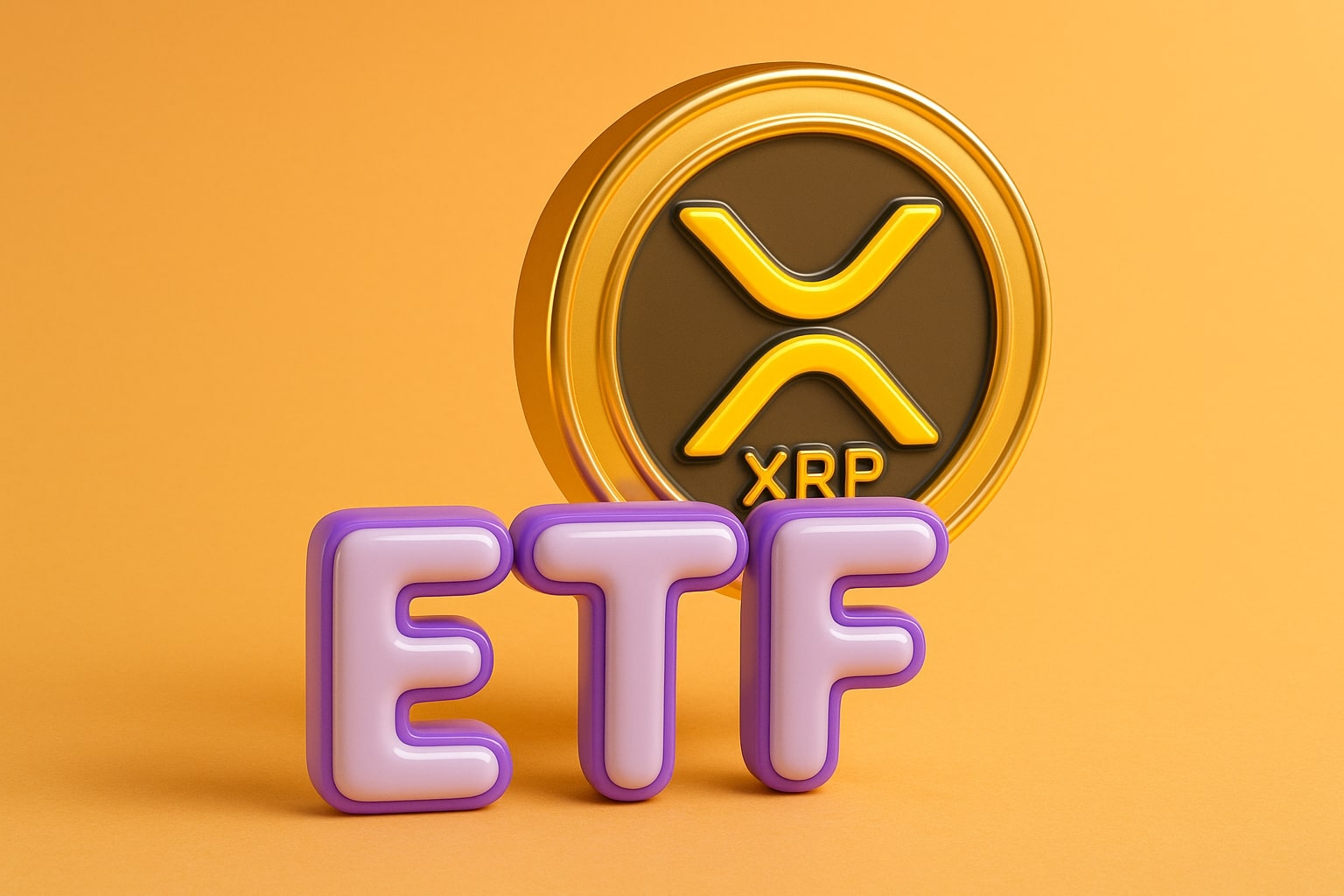Financial Performance Shows Stabilization, Not Full Recovery
Intel reported $53.07 billion in trailing twelve-month revenue, a marginal 0.2% YoY growth, signaling early stabilization after two years of decline. While revenues are flat, investor sentiment has shifted sharply upward due to improved forward guidance and government support. Net income remains deeply negative at -$20.5 billion, reflecting restructuring costs and foundry ramp-up spending. Operating cash flow stands at $10.08 billion, with levered free cash flow at -$8.32 billion, underscoring that cash burn remains a key concern. The company holds $21.21 billion in cash and $50.76 billion in total debt, a debt-to-equity ratio of 48%, which is manageable relative to peers like AMD (NASDAQ: AMD) and Nvidia (NASDAQ: NVDA) given its government-backed funding access. Intel’s forward P/E ratio at 56.5x indicates investors are paying for the turnaround story, not yet the earnings reality.
UBS and Institutional Analysts Signal Confidence in Strategic Pivot
UBS’s segmented valuation model marks a turning point in how Wall Street values Intel. Rather than viewing it as a single monolithic chipmaker, UBS now breaks down the company into distinct segments—foundry operations, Altera (FPGA), Mobileye (NASDAQ: MBLY), and its product portfolio. This “sum-of-the-parts” approach shows intrinsic strength that legacy multiples fail to capture. The foundry division alone, if benchmarked against global competitors, could justify $200 billion+ enterprise value under moderate growth assumptions. Institutional interest has surged accordingly, with Intel re-emerging on hedge fund radar as a national strategic asset rather than a laggard PC supplier.
Competitive Landscape Intensifies: AMD-OpenAI Alliance and Nvidia Expansion Raise the Stakes
While Intel’s market recovery is impressive, its rivals are not standing still. AMD’s multi-billion-dollar OpenAI partnership, announced in early October 2025, significantly escalates the AI hardware race. AMD’s stock spiked over 30%, underscoring investor faith in its ability to dominate high-performance computing. Nvidia continues to hold an overwhelming advantage in data center GPUs and AI accelerators, maintaining gross margins above 70%. Intel’s challenge remains to deliver competitive AI chips at scale while diversifying away from PC dependency. Despite 61.9% annual stock gains, Intel’s revenue growth remains fractional compared to AMD (+96.8%) and Nvidia (+92.1%) during the same six-month window. The company’s UK unit also reported a steep decline, with $3.3 billion revenue vs. $4.7 billion in 2023 and profit nearly halved to $91 million, reflecting ongoing international market erosion.
Geopolitical and Regulatory Headwinds Add Complexity to Growth Path
China remains Intel’s largest single-country market, accounting for 29% of total revenue, but geopolitical risk looms large. Beijing’s plan to phase out U.S. chips from telecom networks by 2027 threatens a critical revenue stream. Meanwhile, Washington’s tightening export restrictions complicate cross-border AI hardware sales. Competitors such as AMD and Nvidia have mitigated exposure through revenue-sharing agreements with U.S. regulators, while Intel’s heavy manufacturing investments in the U.S. limit its flexibility abroad. The Trump administration’s consideration of converting CHIPS Act grants into an equity stake signals heightened government oversight but also ensures Intel’s strategic protection as a national technology champion.
Earnings Outlook and Market Sentiment Reflect a “Rebuild” Phase
Consensus earnings estimates remain fragile. Forecasts for 2025 EPS have been cut 86.9% to $0.14, and 2026 estimates dropped 63.2% to $0.67, underscoring execution risk. Despite this, the market is pricing optimism rather than caution. With institutional ownership at 65%, short interest at only 2.17%, and volatility declining after September’s spike, sentiment has shifted toward cautious accumulation. The 52-week range between $17.67 and $38.68 highlights how dramatically the stock has rebounded in 2025. The average analyst price target near $40 positions the stock for modest upside, but only if management can convert partnerships into tangible financial recovery.
Insider and Institutional Activity Signal Renewed Confidence
According to Intel’s insider transaction page, insider selling has stabilized after heavy 2023 disposals, suggesting growing internal confidence. Hedge fund inflows and sovereign wealth fund allocations into Intel reflect renewed conviction in the company’s strategic importance. Institutional repositioning after the Nvidia and SoftBank announcements further boosted daily volume, with average 10-day trading activity rising to 170 million shares, signaling elevated liquidity.
Verdict: Intel (NASDAQ: INTC) – HOLD with Bullish Bias Toward 2026
Intel’s recovery is genuine but not yet complete. The company has secured a lifeline through strategic investments and regained investor trust with its foundry-focused narrative. Yet, execution risk remains high amid thin margins and fierce competition. The stock’s forward valuation of 56x earnings implies investors are betting on perfect execution of the IDM 2.0 vision.
Based on current data, Intel (NASDAQ: INTC) is rated HOLD, with a bullish bias toward 2026 as foundry operations scale and AI partnerships materialize. Short-term upside remains capped around $40–$42, while medium-term projections could stretch toward $50 if foundry revenue reaches expectations by 2027.
Intel’s transformation from laggard to national semiconductor cornerstone is underway—but the race against AMD and Nvidia remains far from over.



















